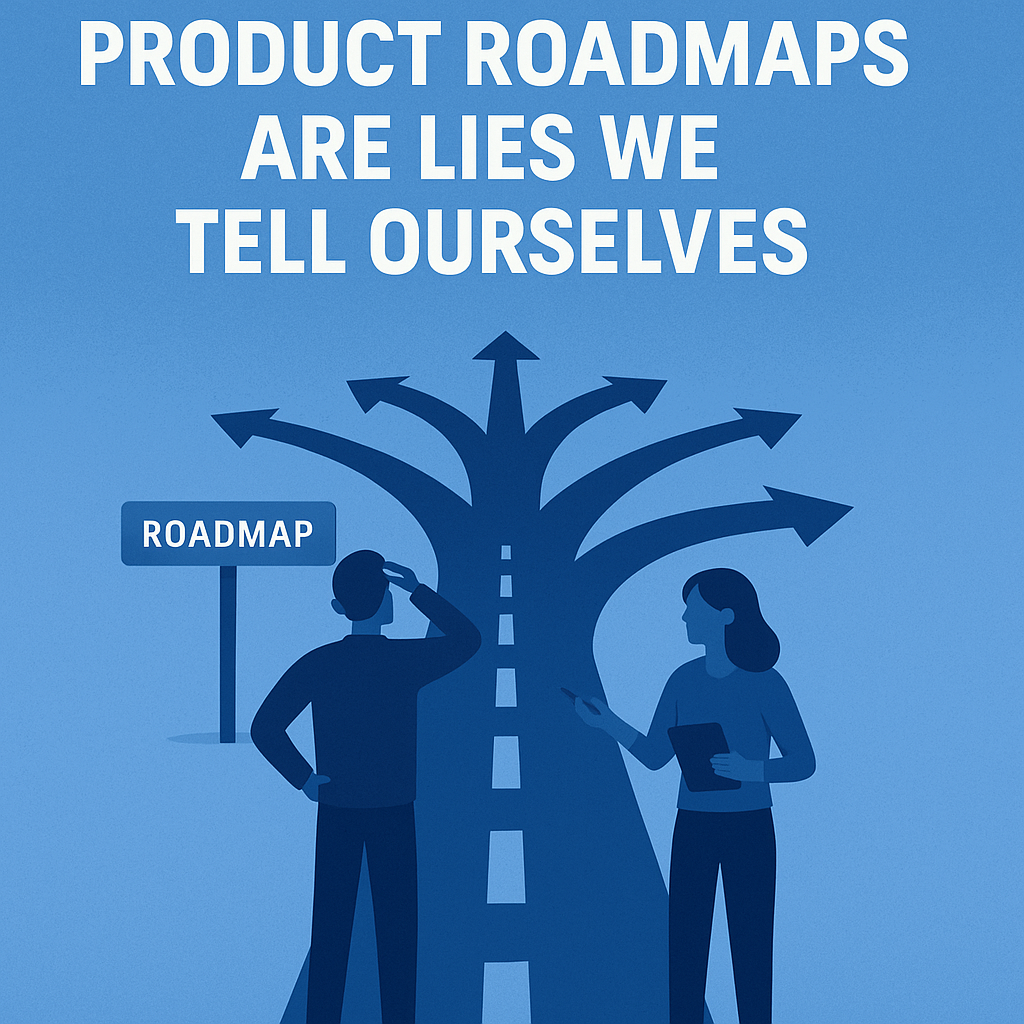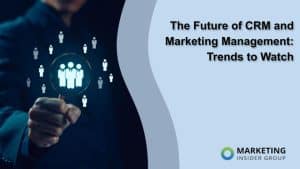7 Things Your B2B Buyers Expect Now (& How to Deliver)
The power dynamic in B2B buying has officially flipped, and one thing is clear: your buyers expect more—and they’re not afraid to look elsewhere for it. Research shows that 82% of B2B buyers now expect the same level of speed, ease, and personalization they receive as consumers.[1] Welcome to the new age of B2B buying, […]
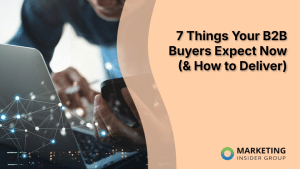

The power dynamic in B2B buying has officially flipped, and one thing is clear: your buyers expect more—and they’re not afraid to look elsewhere for it. Research shows that 82% of B2B buyers now expect the same level of speed, ease, and personalization they receive as consumers.[1] Welcome to the new age of B2B buying, where the buyer—not the seller—holds the power.
This evolution has rewritten the rules. Buying journeys are no longer linear or seller-driven; they’re complex, digitally native, research-heavy, and influenced by trust and emotion. As buyer expectations continue to rise, many B2B companies are struggling to keep up. Those who succeed will be the ones who rise to meet today’s demands.
Meet the 2025 B2B Buyer: Digital-First & Demanding
The face of the B2B buyer is changing fast. Millennials and Gen Zers now represent more than 70% of B2B buyers.[2] These digital natives are multitaskers, skeptics of traditional sales tactics, and relentless researchers. They’re used to instant access to information and personalized experiences and expect no less in their professional lives.
Modern buyers:
- Educate themselves through blogs, videos, and peer reviews
- Hop between LinkedIn, email, Google, and review sites, all in a single decision cycle
- Want proof (not promises) before they invest
Therefore, your marketing and sales strategies must evolve as quickly as they do to win their attention (and their trust).
The 7 Non-Negotiables of the Modern B2B Buying Experience
If you want to meet the expectations of today’s buyers, you can’t just tweak your strategy; you need to rethink it entirely. B2B buyers now demand the same seamless, personalized, and flexible experiences they’re used to as consumers. Below are seven core expectations that every brand must deliver to stay competitive.
1. Seamless, Consumer-Like Digital Experience
Think Amazon, not antiquated portals. Buyers expect fast-loading sites, intuitive search, mobile optimization, and real-time help. Long forms and clunky navigation are deal-breakers. To keep them engaged, perform a UX audit and eliminate friction in your site or demo flow. Today’s buyers are used to effortless online experiences in their personal lives, and they bring those expectations into their workday. If your site feels outdated or hard to navigate, they’ll assume your product is too.
2. Self-Guided Exploration Tools
Before talking to sales, buyers want to explore on their own. That means interactive product demos, ROI calculators, recorded walkthroughs, and side-by-side comparisons. Tools like Walnut, Navattic, and Storylane allow you to showcase your solution without requiring a login. Modern buyers don’t want to schedule a call just to get basic information; they want answers on their own time. Giving them control builds confidence and keeps them engaged longer in the decision-making process.
3. Hyper-Personalization Across Channels
Mass emails are dead. Your outreach should be tailored by industry, funnel stage, company size, and buyer behavior. Smart CTAs, personalized nurture streams, and dynamic content platforms can turn browsers into believers. Platforms like HubSpot and Salesforce allow you to automate this at scale. Think: email workflows triggered by a whitepaper download or homepage content that changes based on industry. The more relevant the experience, the more likely buyers are to take the next step.
4. Proof, Trust & Transparency
Trust isn’t built with buzzwords; it’s earned with evidence. Case studies, honest product comparisons, transparent pricing, third-party reviews, and trust signals (like certifications or customer logos) are table stakes in 2025. Buyers want to see who you’ve helped, what results you’ve delivered, and what real users think. Featuring client logos, G2 or TrustRadius reviews, and even showing limitations of your product where appropriate can strengthen credibility and differentiate your brand.
5. Real-Time Responsiveness
Speed sells. According to a survey conducted by Lead Connect, 78% of buyers purchase from the vendor that responds first.[3] That means your team must respond within minutes, not days. Leverage AI chatbots, automated email sequences, and clear SLAs to stay ahead. Even a short delay can be the difference between closing a deal and losing it to a competitor. With so many tools available, there’s no excuse for radio silence, especially when a quick response can make your brand the obvious choice.
6. Advisory Over Transactional Selling
B2B buyers now expect a guide, not a pitch. Your reps should educate, consult, and provide value through insights and use-case expertise. Sales enablement should focus on customer storytelling and not just feature checklists. That means understanding the buyer’s industry, anticipating questions, and leading with value. Instead of starting with features, top-performing reps open conversations with challenges, trends, and real examples to position themselves as strategic partners.
7. Flexible Engagement & Pricing Models
Buyers want to try before they buy. From free trials to usage-based billing and modular pricing, flexibility is key. Empower them to customize their path and scale on their terms. Rigid pricing models can create hesitation, especially for risk-averse buyers. Offering pilot programs, à la carte features, or personalized packages helps reduce friction and allows buyers to grow at their own pace.
Why Most B2B Brands Are Falling Behind
Despite all the available insights and tools, many B2B brands are still stuck in the past. Gated content, outdated websites, impersonal drip campaigns, and disconnected sales and marketing teams are common culprits. And let’s not forget slow follow-ups, which can kill deals before they start.
How to Catch Up (& Get Ahead)
Meeting modern buyer expectations requires more than awareness; it takes action. Modern decision-makers have high standards, and they’re not lowering them. If your brand is falling short, now’s the time to audit, adapt, and align your efforts. It’s not about reinventing the wheel; it’s about removing friction, increasing relevance, and delivering value faster. Here are key strategies that will help you close the gap and build an outstanding buyer experience.
Audit & Map the Buyer Journey
Start by putting yourself in your buyer’s shoes. Where are they getting stuck? What content is missing or misaligned with their stage in the journey? Use web analytics, CRM, and customer feedback data to uncover friction points and content gaps. Then, align your content strategy with each journey stage: awareness, consideration, decision, and post-sale engagement.
Adopt the Right Tech Stack
To deliver the experience buyers expect, you’ll need the right tools working together behind the scenes. Look for technologies that support automation, personalization, and real-time engagement across channels.
- CRM: HubSpot, Salesforce
- Conversational AI: Drift, Intercom
- ABM Platforms: 6sense, Demandbase
- Personalization: Mutiny, Segment
Ensure your tools are integrated, and your teams are trained to use them effectively. Technology is only as good as its implementation.
Unify Sales, Marketing, and Customer Success
Silos don’t serve your buyers. When internal teams operate independently, the result is a disjointed experience that’s obvious to your audience. Align your revenue teams under shared KPIs and create a continuous feedback loop to share insights, optimize messaging, and improve hand-offs. A unified team speaks with one voice, making the experience feel seamless from first touch to post-sale support.
Build a Content Ecosystem
Buyers don’t want one-off assets; they want a connected, informative experience. Think beyond blogs. Create an entire content ecosystem, including guides, interactive tools, calculators, webinars, videos, and case studies. Repurpose high-performing content across formats and channels to reach more people without reinventing the wheel. For every asset you create, be sure to ask: does this solve a buyer’s need at this stage?
Real-World Examples of Buyer-Centric Brands
Still not convinced? Take a cue from the brands that are setting the standard. These companies aren’t just keeping up. They’re leading the way by making the buyer experience seamless, transparent, and hyper-relevant. Here’s what they’re doing right.
- com: Delivers transparent pricing, frictionless onboarding, and interactive demos that don’t require a sales call.
- io: Leads with value-first thought leadership and instant product clarity.
- HubSpot: Personalizes everything, from blog suggestions to email sequences, based on user behavior and CRM data.
It’s clear that prioritizing buyer experience isn’t a nice-to-have anymore; it’s a competitive advantage.
The Future of B2B Buying Is Already Here
B2B buyers are no longer waiting for you to catch up. They want flexibility, speed, transparency, and a frictionless experience—and they want it now. Brands that recognize this shift and adapt quickly earn trust, build loyalty, and drive growth. Those that don’t? They’ll be left behind.
Is your marketing strategy evolving fast enough to meet the modern buyer’s expectations? Sagefrog’s B2B marketing experts can help you align your messaging, modernize your strategy, and deliver the seamless experiences today’s buyers demand. Contact Sagefrog to start building a marketing engine that converts.
[1] Salesforce, State of the Connected Customer Report, Second Edition, 2018, https://www.salesforce.com/news/wp-content/uploads/sites/3/2020/08/state-of-the-connected-customer-report-second-edition2018.pdf.
[2] Amy Hayes, “Younger Generations Are Shaking Up B2B Buying — Are You Prepared?” Forrester, March 25, 2024, https://www.forrester.com/blogs/younger-b2b-buyers/.
[3] LeanData, “The Modern Rules of Lead Response Time,” LeanData Blog, accessed November 1, 2024, https://www.leandata.com/blog/the-modern-rules-of-lead-response-time/#:~:text=Consider%20this%3A,hour%20(Harvard%20Business%20Review).
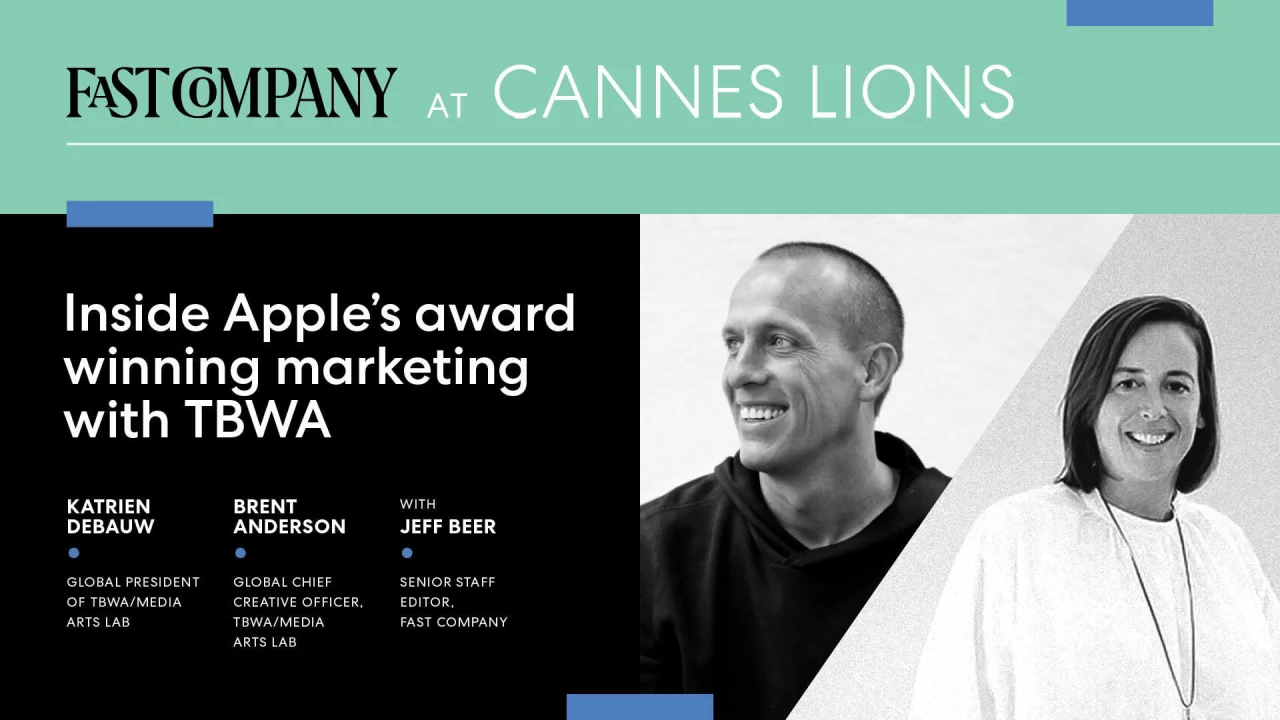
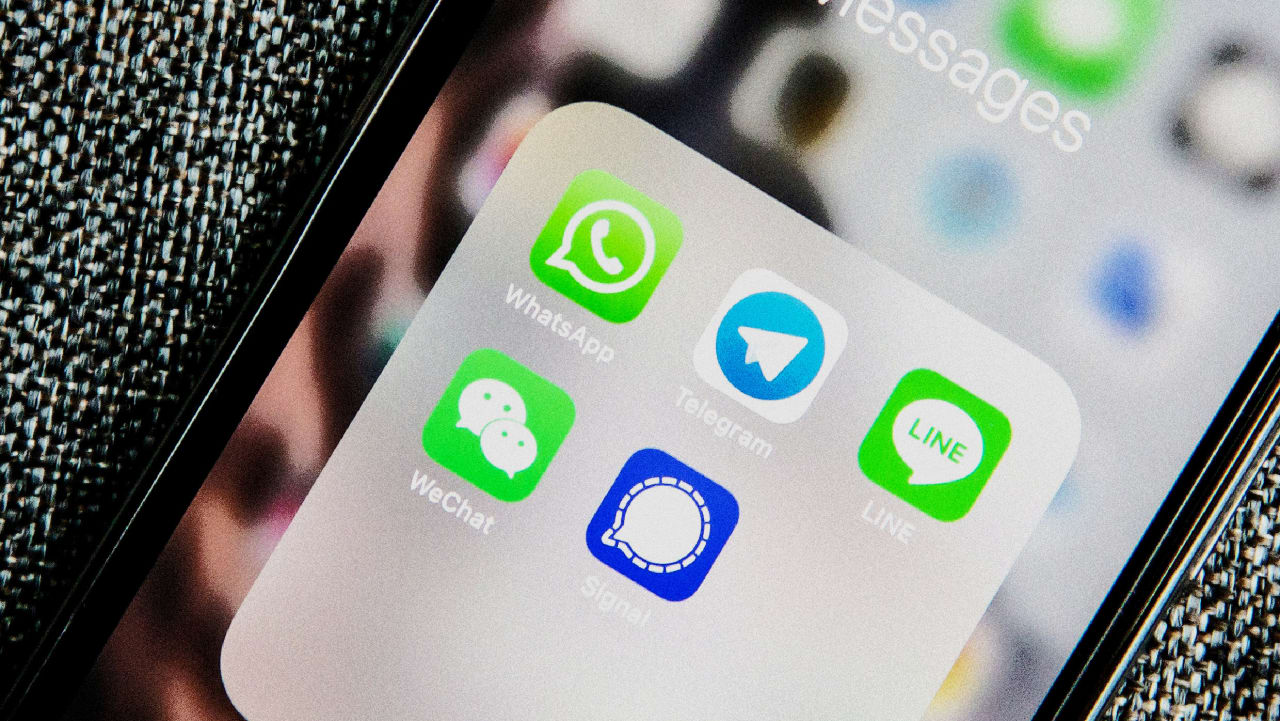

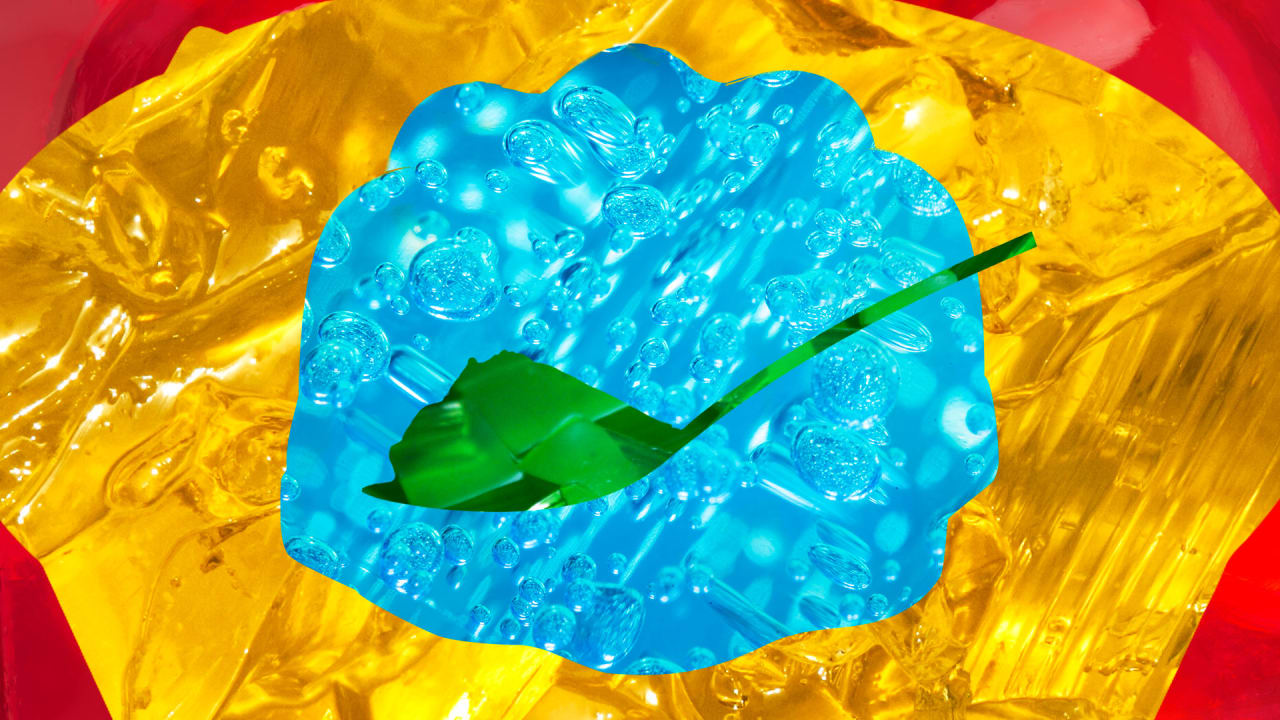





























































![https //g.co/recover for help [1-866-719-1006]](https://newsquo.com/uploads/images/202506/image_430x256_684949454da3e.jpg)




